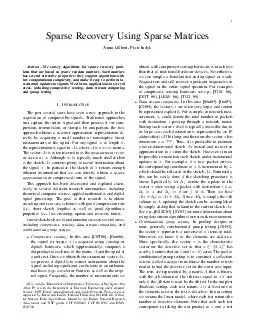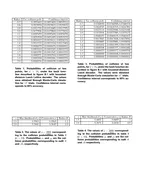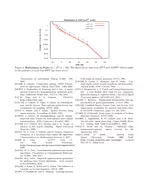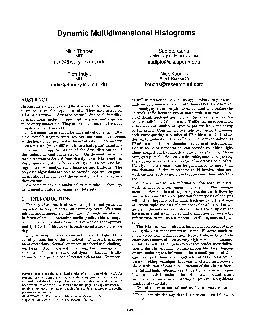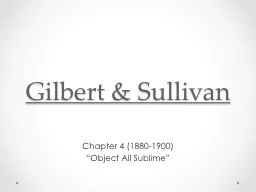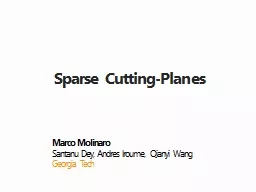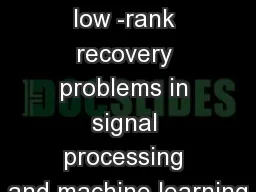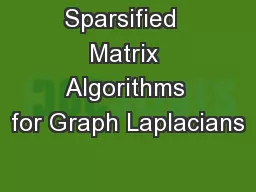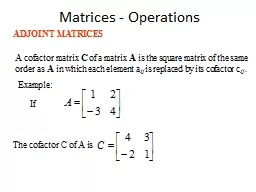PDF-Sparse Recovery Using Sparse Matrices Anna Gilbert Piotr Indyk Abstract We survey algorithms
Author : briana-ranney | Published Date : 2015-01-14
Such matrices has several attractive properties they support algorithms with low computational complexity and make it easy to perform in cremental updates to signals
Presentation Embed Code
Download Presentation
Download Presentation The PPT/PDF document "Sparse Recovery Using Sparse Matrices An..." is the property of its rightful owner. Permission is granted to download and print the materials on this website for personal, non-commercial use only, and to display it on your personal computer provided you do not modify the materials and that you retain all copyright notices contained in the materials. By downloading content from our website, you accept the terms of this agreement.
Sparse Recovery Using Sparse Matrices Anna Gilbert Piotr Indyk Abstract We survey algorithms: Transcript
Download Rules Of Document
"Sparse Recovery Using Sparse Matrices Anna Gilbert Piotr Indyk Abstract We survey algorithms"The content belongs to its owner. You may download and print it for personal use, without modification, and keep all copyright notices. By downloading, you agree to these terms.
Related Documents

